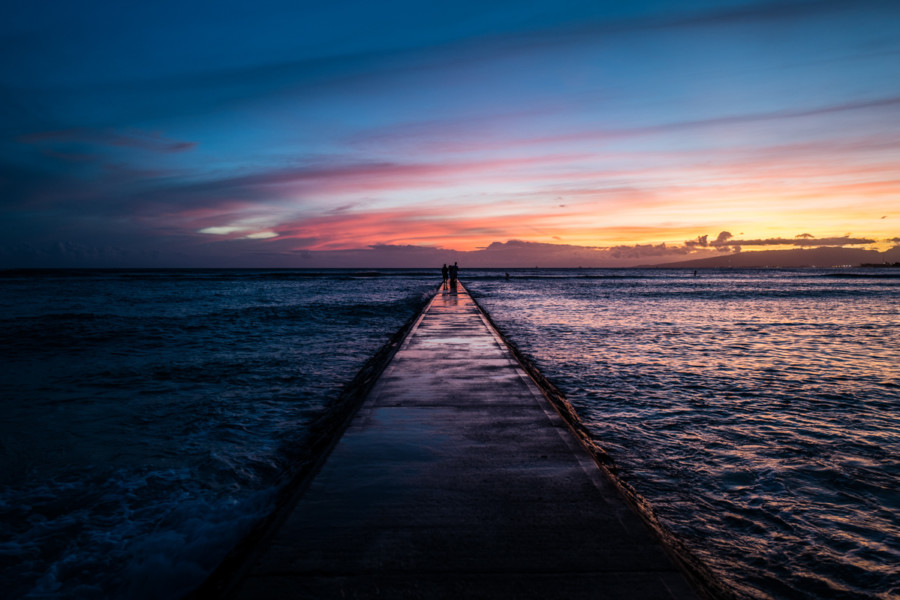Exploring Ethics, the First Amendment, and Capturing Protesters’ Faces in Photography
At President Trump’s brief daily White House Coronavirus Task Force briefings, many news organizations debated and ultimately decided against providing live coverage. On one hand, his tendency to lie or provide inaccurate or unverifiable information (e.g. injecting bleach) was detrimental to public health; yet on the other hand, as one of the world’s most powerful people and thus his every statement being newsworthy made for difficult decision making processes.
Newsroom directors and editors faced an ethical conundrum when falsehoods could not be checked in real time and public health was at stake; furthermore, his ramblings caused many to doubt whether these events constituted newsworthiness in real-time coverage. A new assessment was made regarding utilitarianism of live coverage; specifically that potential public health harm mattered more than real-time coverage of President.
U.S. presidents have typically taken great care when making public statements. Donald Trump’s unique style has upended this custom and forced a reexamination of press policies. Critics continue to charge that media are complicit in helping Trump by amplifying even his most controversial statements – some even accuse the press of pushing misinformation.
Photography circles have seen an intense, sometimes heated debate regarding whether or not photographing protestors’ faces. I find it striking that disparate concepts and issues are being lumped together into one discussion thread – many people are discussing multiple ideas at once!
These categories don’t always overlap – after all, many photographers take care in considering their subjects’ wellbeing – yet must remain succinct for illustration purposes.
